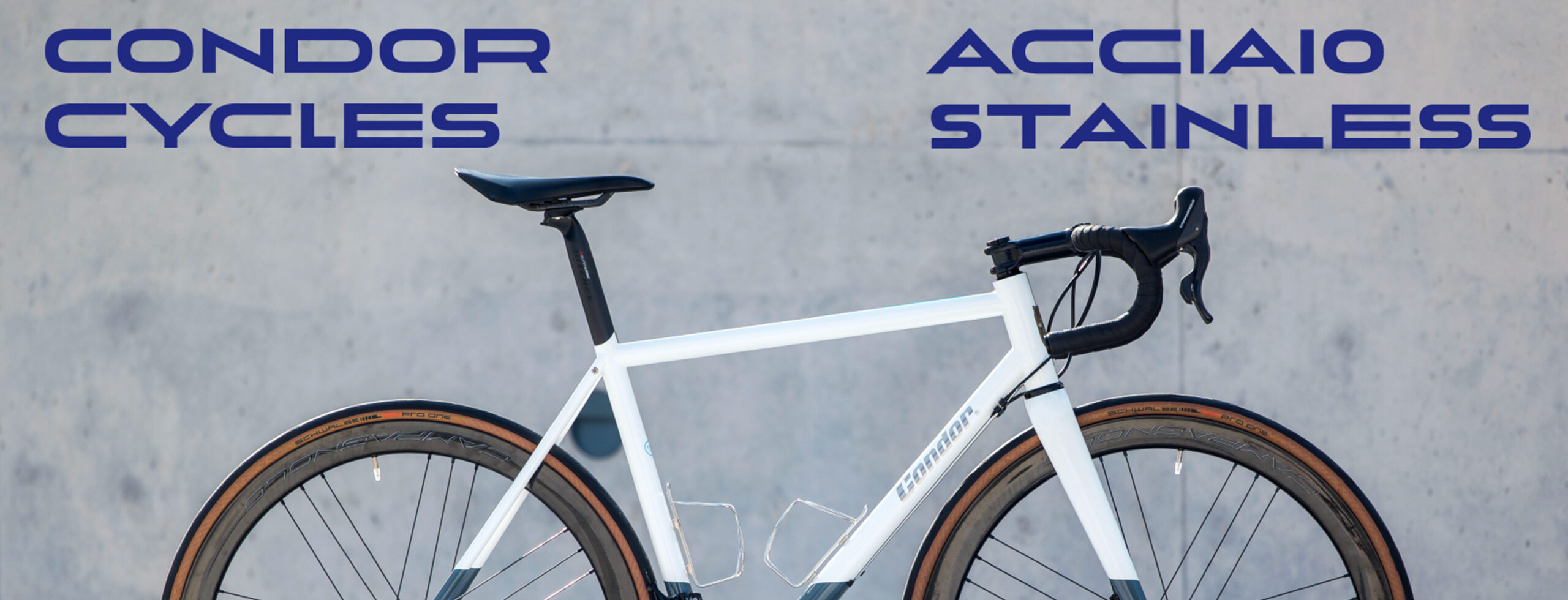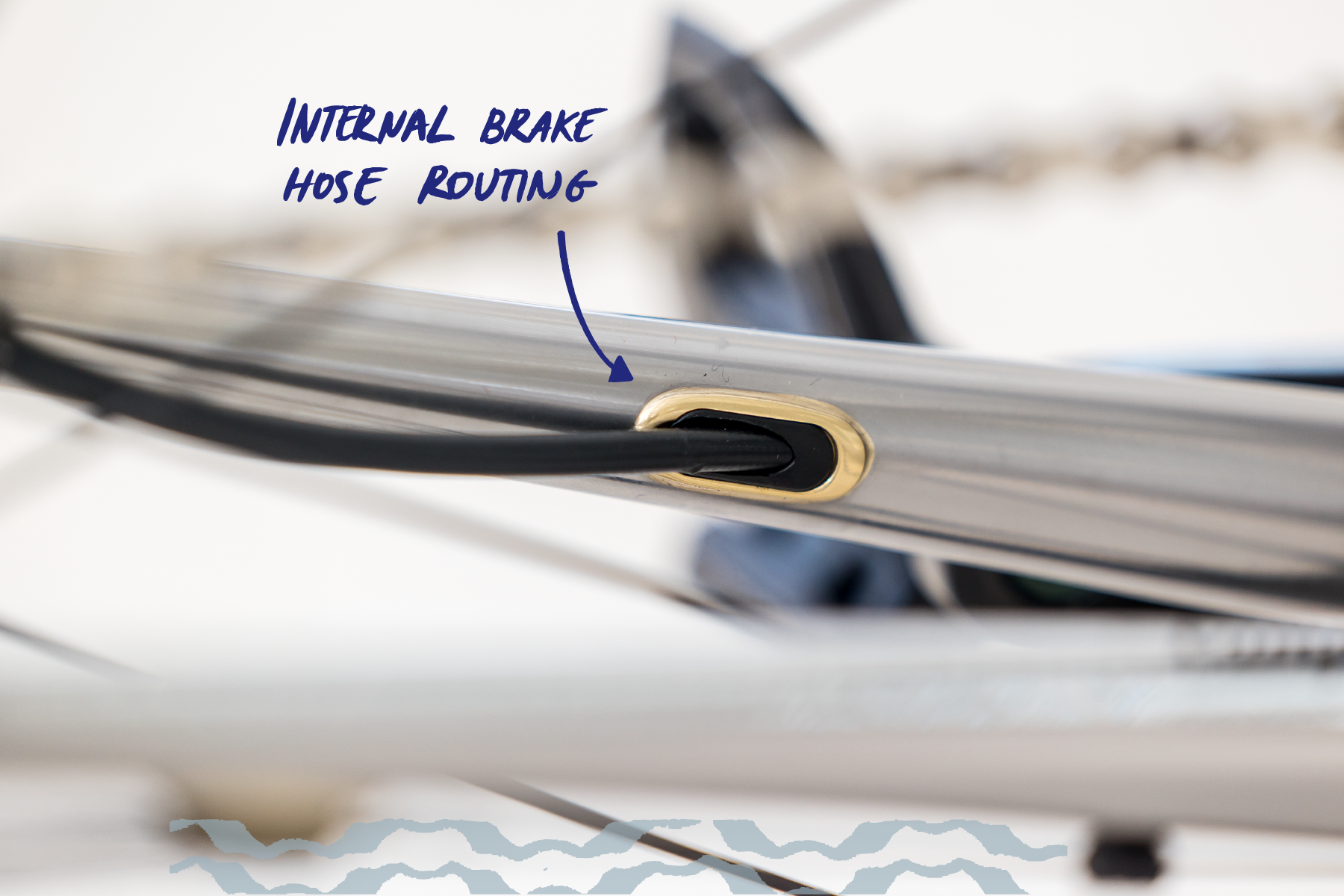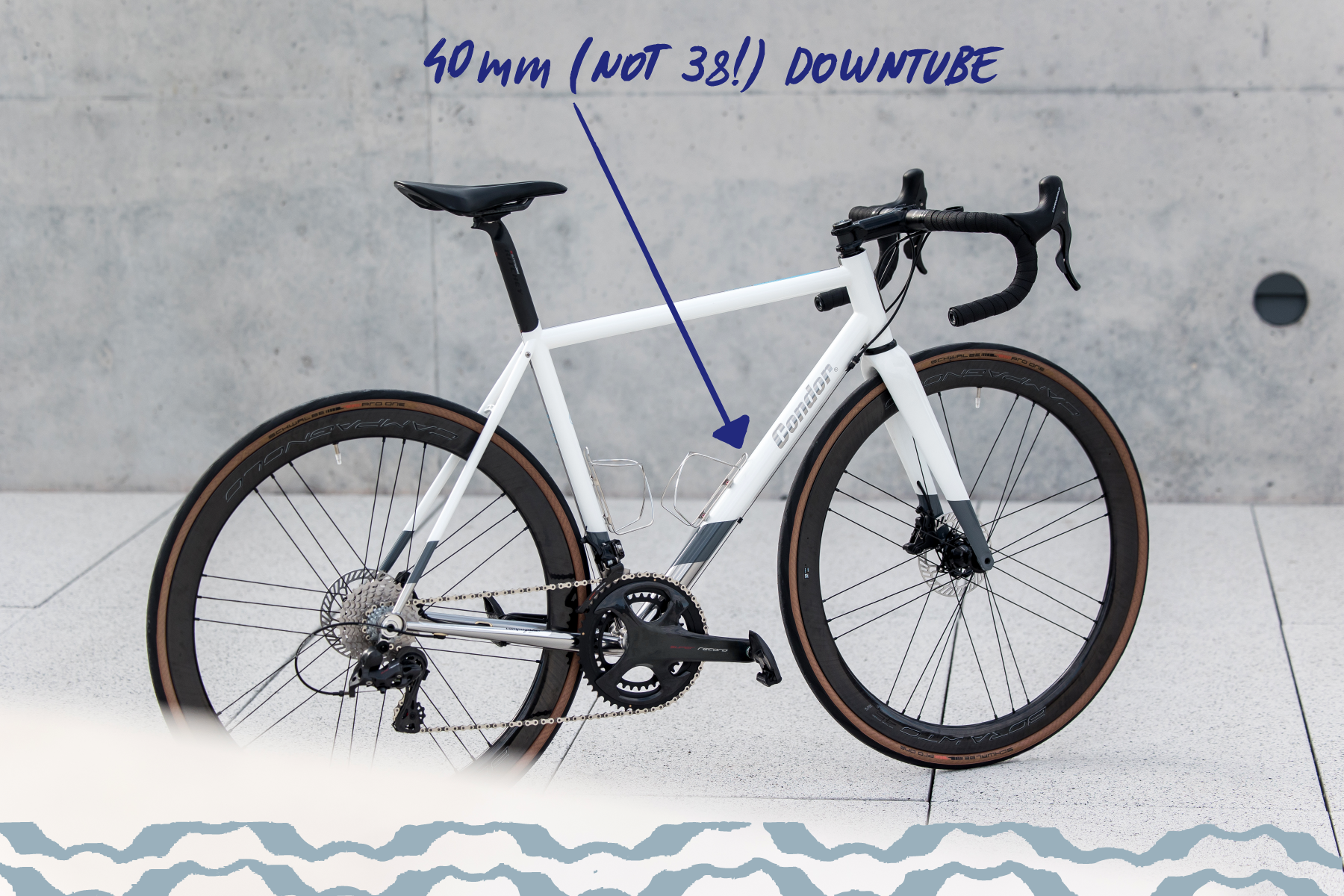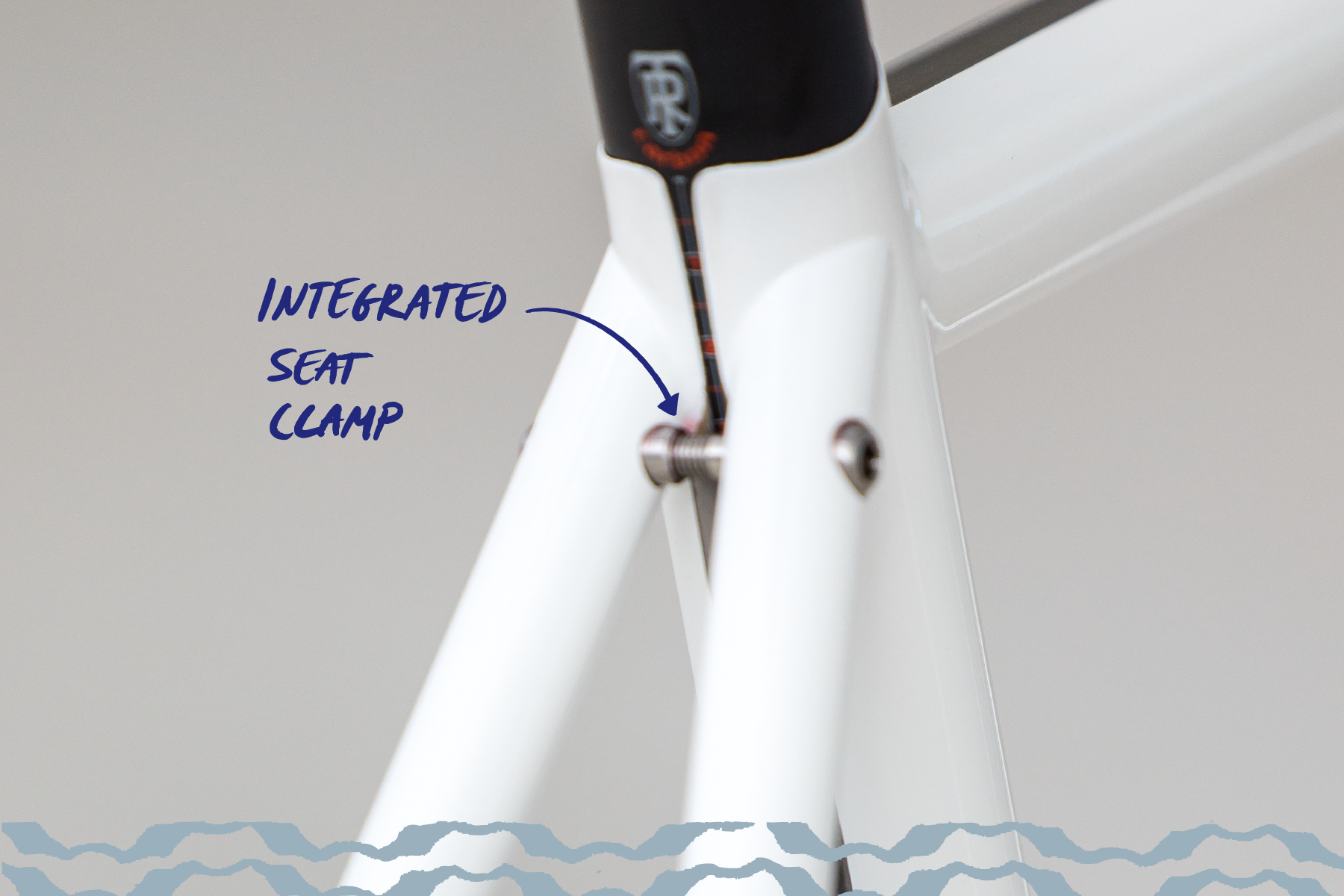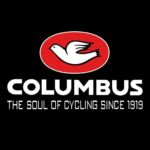For this week Heart of Metal feature, we had the chance to have this conversation with Grant Young, Neil Manning, Ben Spurrier and Claire Beaumont from Condor, the home of cycling since 1948, the date of its foundation by Monty Young.
When did you start using Columbus tubing? And why?
In 1973, the first model to use Columbus SL tubing was the Sienna (a misspelt tribute to the Tuscany town of Siena, ed): it was a race frame with S engraving. It was very successful, so then Condor introduced more frames, working with SLX and Max tubing. We also created low-pro time trial frames using a curved set of Columbus tubes, which helped us secure championship wins.
Have you used other brands of tubing? What are the most noticeable differences when working the tubing?
When Condor was founded in 1948, there was only one tubeset we had access to in the UK, which was Reynolds 531. During the 1980s, 1990s we used different steel tubing brands but in the last two decades we have moved towards Columbus only, because they are progressive with many tube options and the ability to create custom tubes for us. Working with Columbus with a factory in Italy ourselves makes the most sense.
And how did you decide on the geometry for your main range?
Condor already had a standard geometry chart we worked with, but it was updated about 15 years ago to have a better spread of sizing and improve with some of the things Neil learned while training as a frame builder.
Geometries for gravel have been introduced in the last few years.
So, what frame would you like to share with us today?
We’d like to focus on Condor Acciaio Stainless, our stainless frame made with Columbus XCr tubeset. Therefore, as we believe that every bicycle tells a story, we picked the story of David, a customer of ours who lives in Austin, Texas. And his Condor Acciaio Stainless bicycle.
To be more complete and precise with the narrative, he previously had a model we make called Super Acciaio, a race frame made with Columbus Spirit HSS tubing, the one which used to be raced by the Rapha-Condor JLT Team.
I believe it was the first steel model to be raced in a UCI races since 1999. He loved this bike but unfortunately it was damaged in an accident when he was hit by a car. And hence, as he loved that material and bike, he decided the next step would be Columbus XCr and the same geometry and styling.
How is this very frame particularly significant relative to your normal production?
The Condor Acciaio Stainless is made to each customer’s request in terms of frame features and design of the paint job. Every one is unique and can be customized as much as you want, up to how much paint or exposed metal is desired; or the preferred cable routing, internal or classic…
Why did you choose a 40mm downtube and why did you want Columbus to introduce it?
We heard that Columbus had decided to stop producing the 42mm down tube and have 38mm as the maximum size.
We believed that for strength and a better look when using asymmetric forks, the larger tube was crucial so we asked Columbus to reconsider making a 40mm downtube or at least do a special run. After some thought Columbus agreed to reintroduce this size.
What are the exact tube sizes and specs for this bike?
We used a 44mm headtube for Chris King Inset 7 headset. The BB shell is T47 threaded, 64mm width with BSA threaded inserts. Threaded bottom brackets are more secure than pressfit, but the T47 size allows for easy cable passage internally through the bracket.
Below, the tubes we used under Columbus codes:
TT – Top Tube: XCR 31.7 x 0.6 / 0.4/ 0.6 x 600
DT – Down Tube: XCR 42 x 0.60 / 0.45 / 0.6 x 670
ST – Seat Tube: XCR 33 x 0.65 / 0.45 / 0.6 x 650
CS – Chain Stay: XCR Oval 0.7 x 410 D.24
SS – Seat Stay: XCR 16 x 0.5 x 560
BB – Bottom Bracket: XCR BB Shell BSA Threaded Stainless Steel
If you were to draw the profile of your most typical customer, what do you think it would look like?
We would say that generally, it’s someone who is already a cyclist and does not plan to get another bike after this. So this is to be their most special bike.


